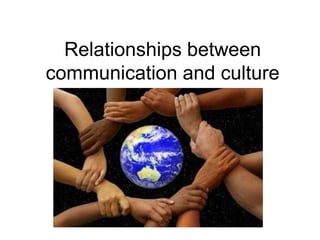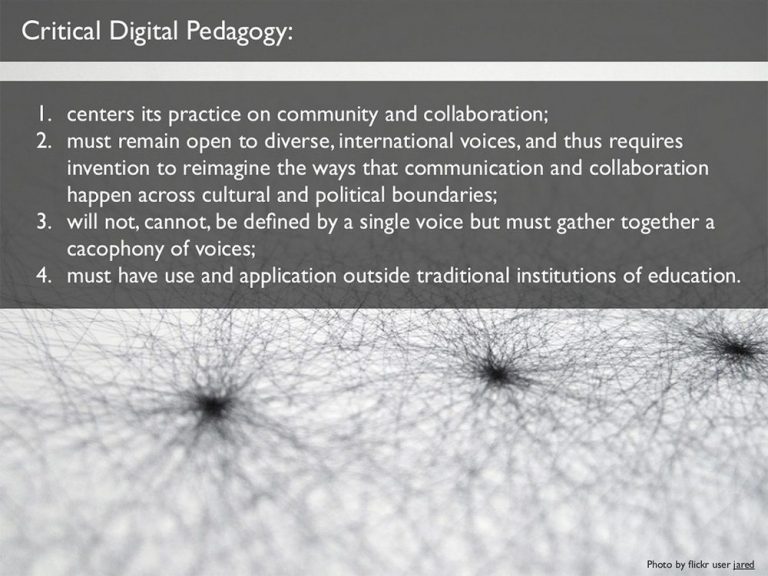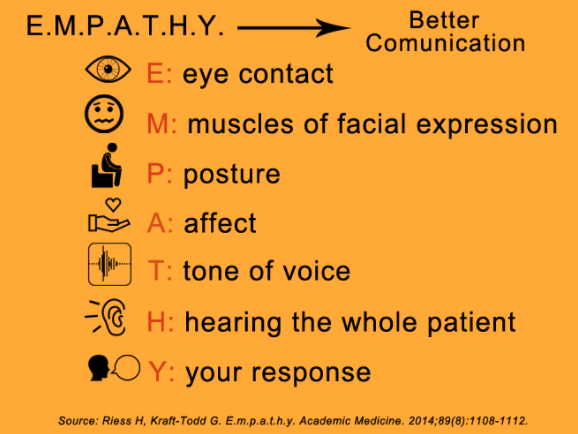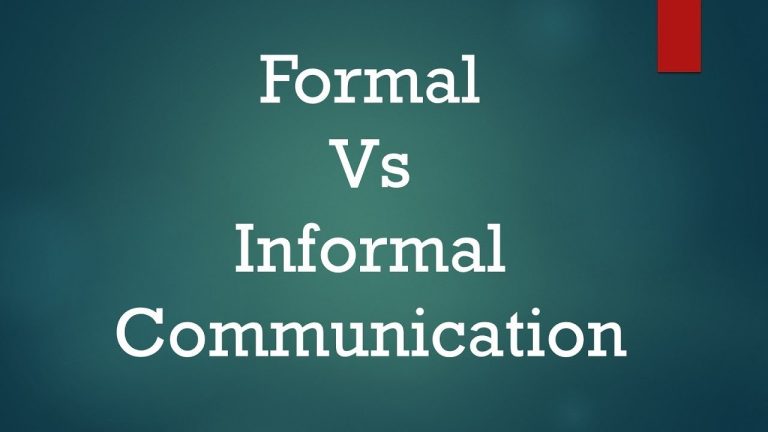What is the Relationship between Communication And Culture?
The relationship between communication and culture is inseparable as culture significantly influences the way people communicate. Communication is shaped by cultural norms, language, and values, impacting how individuals convey messages and interpret meanings.
An individual’s cultural background determines their communication styles, attitudes, and nonverbal cues, affecting both verbal and nonverbal communication. Understanding the connection between communication and culture is essential in fostering effective cross-cultural communication, as it allows individuals to navigate cultural differences, overcome language barriers, and develop mutual understanding.
By recognizing and appreciating cultural diversity, individuals can engage in meaningful and respectful communication, promoting intercultural collaboration and creating harmonious relationships.
Communication As A Reflection Of Culture
Communication is a reflection of culture, illustrating how practices mirror values and beliefs. Language and nonverbal cues play a significant role in expressing cultural identity. Cultural norms heavily influence communication patterns, shaping the ways individuals interact and convey messages. Through verbal and nonverbal communication, various symbols and gestures are employed to represent cultural ideas and customs.
These expressions enable individuals to relate to one another, bridging gaps and fostering understanding. It is crucial to acknowledge the interconnection between communication and culture, as they are inseparable and mutually influential. By recognizing this relationship, we can enhance our ability to communicate effectively across cultural boundaries, appreciating and respecting the diverse perspectives that emerge from different cultural contexts.
Understanding the interplay between communication and culture is vital for building stronger relationships and fostering global understanding.

Credit: slideplayer.com
Impact Of Culture On Communication Styles
Communication and culture have an intertwined relationship that significantly impacts communication styles. Cultural context plays a crucial role in shaping these styles. High-context cultures emphasize implicit communication, while low-context cultures employ more explicit communication. Individualistic cultures promote direct and assertive communication, whereas collectivist cultures prioritize harmony and indirect communication.
Understanding and adapting to these cultural differences is vital for effective cross-cultural communication. It requires sensitivity to the nuances of cultural context and the ability to navigate diverse communication preferences. By recognizing and respecting cultural variances in communication styles, individuals can bridge gaps and foster mutual understanding in a globalized world.
Successful communication depends on acknowledging and adapting to the cultural nuances that influence how individuals express themselves and perceive messages. Ultimately, cultural awareness enhances communication effectiveness and fosters positive intercultural relationships.
Cultural Barriers To Effective Communication
Communication and culture have a close relationship as cultural barriers can hinder effective communication. Language and linguistic differences, being a prominent obstacle, can cause misinterpretations. These misunderstandings may have serious implications, leading to confusion and misunderstandings between individuals from different cultures.
However, it is possible to overcome these barriers by developing intercultural communication skills. By understanding the cultural differences and adapting communication strategies accordingly, individuals can bridge the gap and enhance effective communication. This involves being aware of nonverbal cues, considering cultural norms, and using appropriate language and tone.
Intercultural communication skills play a vital role in promoting understanding and creating a more inclusive and effective communication environment in an increasingly diverse global society.
Developing Intercultural Competence
Communication and culture have a deep-rooted relationship that influences human interactions. Developing intercultural competence is essential in this context. To effectively navigate cultural diversity, understanding and appreciating cultural differences are paramount. By enhancing cultural sensitivity and awareness, individuals can foster better relationships with people from diverse backgrounds.
Furthermore, developing empathy enables individuals to connect on a deeper level, while active listening skills ensure effective communication. Recognizing and respecting cultural nuances paves the way for mutual understanding and collaboration. Ultimately, this leads to a rich and inclusive exchange of ideas, fostering harmony among individuals with varying cultural perspectives.
The key to successful communication within a diverse world lies in recognizing, appreciating, and adapting to the unique cultural fabric that exists around us.
Effective Communication Strategies In Diverse Cultural Settings
Communication and culture share a strong relationship in diverse settings. The key lies in adapting communication styles to different cultural contexts. Understanding and managing cultural diversity is crucial in today’s globalized world. Building rapport and trust plays a pivotal role in intercultural communication situations.
By being sensitive to cultural nuances, we can establish effective communication strategies. It is essential to use a variety of techniques to maintain interest and engagement. This fosters understanding and promotes meaningful conversations across different cultures. In a world where cultural exchange is becoming increasingly prevalent, being able to communicate effectively across cultural boundaries is more important than ever.
By embracing diversity and employing the right strategies, we can form connections and build thriving relationships in our globalized society.
Communication As An Agent Of Cultural Change
Communication plays a significant role in shaping and transforming culture. The advancement of communication technology has greatly influenced cultural dynamics. It has led to cultural assimilation, resulting in the need for effective communication strategies. Media plays a crucial role in promoting cultural integration and diversity by spreading awareness and showcasing different cultures.
This helps in bridging the gap between different communities and fostering a sense of unity. Communication acts as an agent of cultural change by breaking down barriers and promoting understanding among diverse groups. By facilitating the exchange of ideas and information, communication enables the growth and preservation of cultural heritage.
It creates opportunities for dialogue, encouraging individuals to share their cultural experiences and foster cross-cultural relationships. Ultimately, communication acts as a catalyst for cultural development, facilitating social progress and harmony.
Communication Strategies For Multicultural Collaboration
Communication and culture are intricately connected, forming a vital relationship in various contexts. When diverse teams collaborate, effective communication strategies become crucial. Inclusive communication promotes understanding and respect within organizations, fostering a sense of belonging for employees from different cultural backgrounds.
Cross-cultural negotiation and conflict resolution techniques help navigate differences, ensuring smooth teamwork and cooperation. To achieve effective global communication, it is essential to build multicultural competence. This involves developing the knowledge, skills, and attitudes necessary to interact successfully with individuals from diverse cultures.
By cultivating these competencies, organizations can bridge cultural gaps, promote collaboration, and achieve their goals on a global scale.
Frequently Asked Questions For What Is The Relationship Between Communication And Culture
What Is The Relationship Between Culture And Communication Quizlet?
Culture and communication on Quizlet are closely interconnected. Culture influences how people communicate through language, gestures, and norms. Communication, in turn, helps to transmit and shape culture. By learning about different cultures, people can improve their communication skills. Moreover, understanding cultural differences can enhance effective communication, foster inclusivity, and avoid misunderstandings.
Considering the relationship between culture and communication on Quizlet allows learners to develop cultural competency and adapt their communication styles to different contexts. By acknowledging and respecting cultural diversity, individuals can become more effective communicators and interact with people from various cultural backgrounds with empathy and understanding.
Cultural awareness and effective communication go hand in hand, enabling people to connect and collaborate more successfully in an increasingly globalized world.
How Important Is Communication Across Culture?
Effective communication across cultures is extremely important. It fosters understanding, avoids misunderstandings and ensures successful business interactions. Cultural differences can lead to communication barriers, making it essential to bridge the gap and promote effective cross-cultural communication. This allows individuals to connect on a deeper level and build stronger relationships.
Clear and concise communication helps prevent conflicts, improves teamwork, and enhances productivity. Understanding cultural nuances and adapting communication styles accordingly fosters respect and appreciation for diverse perspectives. It also promotes global collaboration and enhances business opportunities. Effective cross-cultural communication is a key factor in building successful international partnerships.
By embracing cultural diversity and fostering effective communication, individuals and organizations can thrive in a multicultural world.
What Element Of Culture Is Connected To Communication?
Communication is connected to the element of culture. It plays a vital role in expressing ideas, beliefs, and values. It allows individuals to interact and understand each other within a cultural context. Our cultural background influences how we communicate, including our language, gestures, and social norms.
Cultural differences can impact communication styles, which can lead to misinterpretations or misunderstandings. Understanding and respecting cultural diversity helps in effective communication across different communities. By recognizing and adapting to cultural norms, we can enhance our communication skills and build stronger relationships.
Culture and communication are closely intertwined, shaping how we convey and receive messages in a variety of contexts.
What Is The Relationship Between Communication And Culture?
Effective communication is influenced by cultural values, beliefs, and practices. Culture shapes the way people communicate, including verbal and non-verbal cues. Understanding cultural differences enhances communication, reduces misunderstandings, and promotes harmonious relationships. Communication and culture are intertwined, as communication reflects and shapes cultural norms, customs, and behaviors.
Conclusion
The relationship between communication and culture is an intricate and symbiotic one. Communication plays a fundamental role in shaping and transmitting cultural norms, values, and beliefs. It allows individuals within a culture to express themselves, share their experiences, and establish meaningful connections.
Conversely, culture influences the way communication is conducted, with different cultures employing distinct communication styles and strategies. Cultural variations in language, non-verbal cues, and social norms all impact communication dynamics. Recognizing and navigating these cultural differences is essential for effective intercultural communication.
By being mindful of these nuances, individuals can avoid misunderstandings, build strong relationships, and foster cultural appreciation. In our increasingly globalized world, understanding the intricate relationship between communication and culture is vital for fostering empathy, promoting inclusivity, and creating meaningful connections across diverse cultures.
As we endeavor to bridge cultural gaps, let us embrace the power of communication to unite and celebrate our shared humanity.






